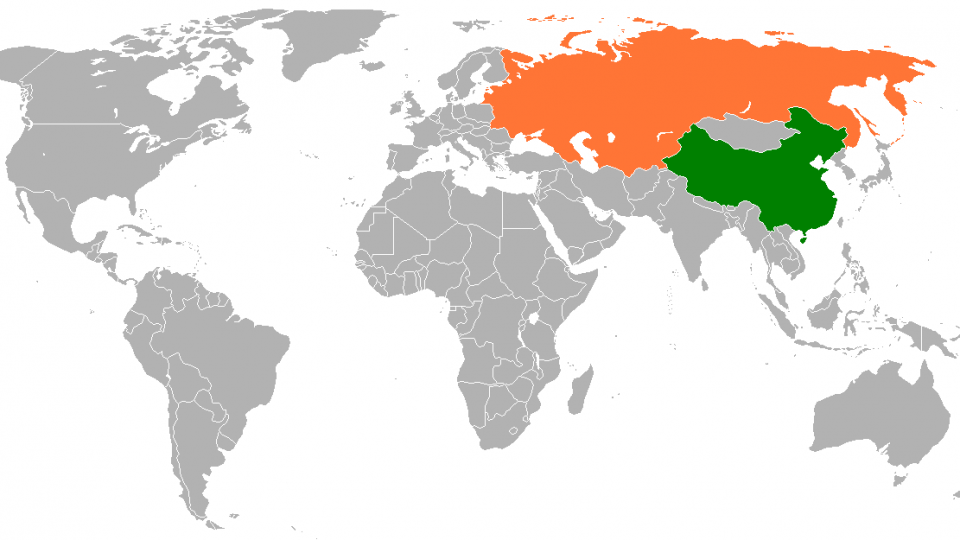Military Spending in the United States, the Soviet Union, and the People’s Republic of China, by Thomas Cusack and Michael Ward, Journal of Conflict Resolution, Volume 25, No. 3 (1981): 429-469.
ABSTRACT Military expenditures of the United States, the Soviet Union, and the People’s Republic of China are examined from two perspectives: (1) a modification of the traditional Richardson arms race formulation and (2) the notion that the military budget is used by decision makers, in part, to respond to the domestic political and economic environment. These competing formulations are juxtaposed in an empirical analysis of their relevance for understanding contemporary arms allocation decisions. The empirical evaluation of these processes is informed by a critical appraisal of alternative assessments of military allocations, as reflected in data provided by the Stockholm Institute for Peace Research International, the International Institute for Strategic Studies, and William T. Lee, a noted defense analyst. The findings suggest that the arms race formulation is empirically deficient in accounting for the spending patterns of the United States, Soviet Union, and People’s Republic of China in the period from 1949 to 1978. For both the U.S. and the Soviet Union, the use of the military allocation process to influence domestic political and economic conditions receives considerable support. It is also clear from the analysis conducted that the choice of data, especially with regard to Soviet spending, plays a significant role in these findings.

